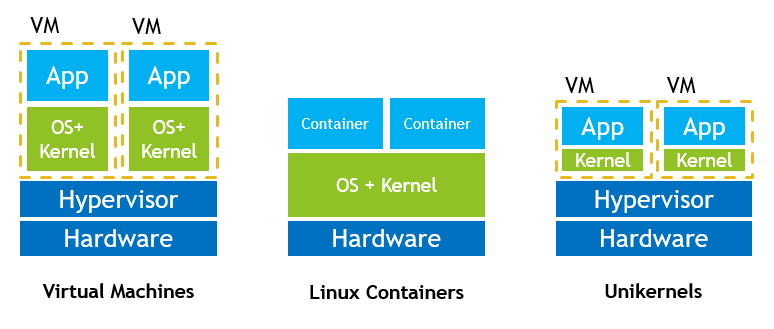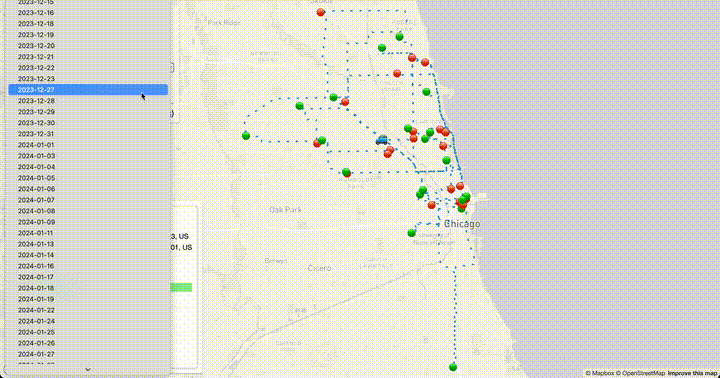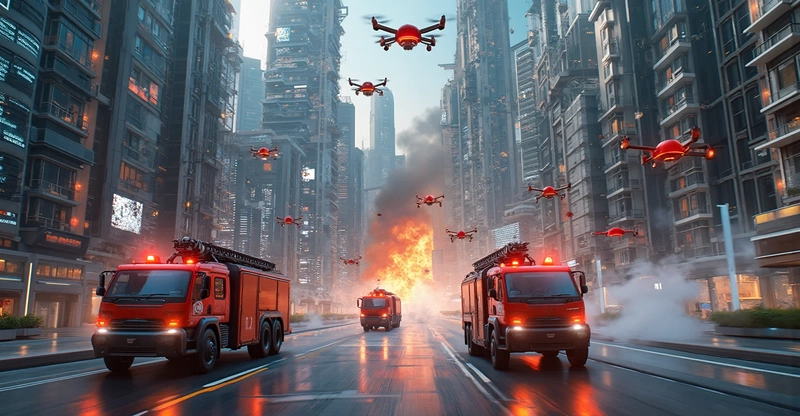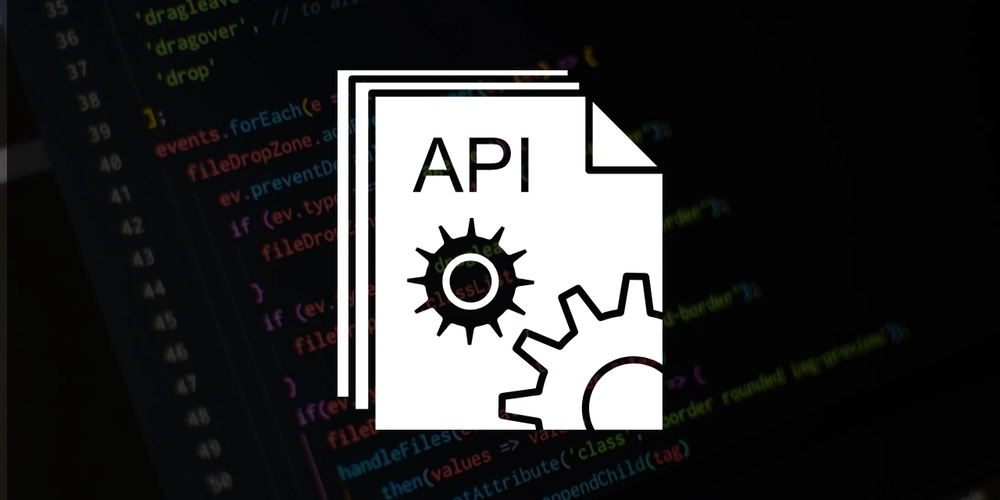Countermeasures for Large-Scale Urban Fires: An Innovative Fire Detection System Using AI and IoT
As shown in this image, the city is in chaos due to a fire, and it is clear that appropriate initial responses have not been taken. Large-scale urban fires demand rapid and appropriate initial responses. However, traditional methods often fail to respond in time. To address this issue, we propose the implementation of an early fire detection system powered by AI and IoT. This solution involves installing IoT sensors linked with fire alarms in each building to monitor abnormalities in real time. When an anomaly is detected, AI swiftly analyzes the data and automatically notifies the appropriate emergency services. Technology Stack Overview To realize this system, we utilize the following technology stack and services: Installation of IoT Sensors Hardware IoT Sensors: Multi-sensors combining temperature, smoke, and CO₂ detectors. Communication Modules: Modules such as LoRa, NB-IoT, and Wi-Fi for data transmission. Example Devices: Off-the-shelf IoT hardware such as Arduino and Raspberry Pi connected to sensors. Data Collection and Transmission Cloud Services: Services like AWS IoT Core, Google Cloud IoT Core, and Azure IoT Hub for data aggregation and management. AI-Powered Data Analysis Data Analysis Platforms Cloud AI Services: AWS SageMaker, Google AI Platform, and Azure Machine Learning are used to detect anomalies in real-time data. AWS SageMaker is a platform that enables data scientists and developers to easily build, train, and deploy machine learning models. Anomaly Detection Models Algorithms: Anomaly detection using time series algorithms such as LSTM and ARIMA, along with machine learning. LSTM (Long Short-Term Memory) is a type of recurrent neural network (RNN) that is effective for processing time-series and sequence data. It is used in natural language processing, speech recognition, financial forecasting, video analysis, and more. Training Data: Models are trained using historical fire incident data and simulation data. Emergency Notification System Notification Services Messaging APIs: Platforms like Twilio, AWS SNS, and Firebase Cloud Messaging are used to automatically notify emergency contacts and fire departments. Firebase Cloud Messaging is a platform that enables push notifications to mobile and web apps via Firebase. Real-Time Dashboard: Visualization of emergency status using APIs such as Google Maps and Mapbox. Enhanced Firefighting System Robotic Fire Trucks Control Systems: Robot movements are managed using ROS (Robot Operating System). Example Providers: Robots developed by companies like Boston Dynamics are used. Drones Drone Management System: DJI and Parrot drones are controlled via Python or DJI SDK. Video Analysis: Real-time video analysis from drones using OpenCV and TensorFlow. By integrating these technologies, it becomes possible to quickly detect fires and initiate effective early responses, minimizing damage. With a solid implementation plan and appropriate partnerships, a powerful and reliable solution can be achieved. Let’s harness the power of technology to safeguard our society.

As shown in this image, the city is in chaos due to a fire, and it is clear that appropriate initial responses have not been taken.
Large-scale urban fires demand rapid and appropriate initial responses. However, traditional methods often fail to respond in time. To address this issue, we propose the implementation of an early fire detection system powered by AI and IoT. This solution involves installing IoT sensors linked with fire alarms in each building to monitor abnormalities in real time. When an anomaly is detected, AI swiftly analyzes the data and automatically notifies the appropriate emergency services.
Technology Stack Overview
To realize this system, we utilize the following technology stack and services:
Installation of IoT Sensors
-
Hardware
- IoT Sensors: Multi-sensors combining temperature, smoke, and CO₂ detectors.
- Communication Modules: Modules such as LoRa, NB-IoT, and Wi-Fi for data transmission.
- Example Devices: Off-the-shelf IoT hardware such as Arduino and Raspberry Pi connected to sensors.
-
Data Collection and Transmission
- Cloud Services: Services like AWS IoT Core, Google Cloud IoT Core, and Azure IoT Hub for data aggregation and management.
AI-Powered Data Analysis
-
Data Analysis Platforms
-
Cloud AI Services: AWS SageMaker, Google AI Platform, and Azure Machine Learning are used to detect anomalies in real-time data.
- AWS SageMaker is a platform that enables data scientists and developers to easily build, train, and deploy machine learning models.
-
Cloud AI Services: AWS SageMaker, Google AI Platform, and Azure Machine Learning are used to detect anomalies in real-time data.
-
Anomaly Detection Models
-
Algorithms: Anomaly detection using time series algorithms such as LSTM and ARIMA, along with machine learning.
- LSTM (Long Short-Term Memory) is a type of recurrent neural network (RNN) that is effective for processing time-series and sequence data. It is used in natural language processing, speech recognition, financial forecasting, video analysis, and more.
- Training Data: Models are trained using historical fire incident data and simulation data.
-
Algorithms: Anomaly detection using time series algorithms such as LSTM and ARIMA, along with machine learning.
Emergency Notification System
-
Notification Services
-
Messaging APIs: Platforms like Twilio, AWS SNS, and Firebase Cloud Messaging are used to automatically notify emergency contacts and fire departments.
- Firebase Cloud Messaging is a platform that enables push notifications to mobile and web apps via Firebase.
- Real-Time Dashboard: Visualization of emergency status using APIs such as Google Maps and Mapbox.
-
Messaging APIs: Platforms like Twilio, AWS SNS, and Firebase Cloud Messaging are used to automatically notify emergency contacts and fire departments.
Enhanced Firefighting System
-
Robotic Fire Trucks
- Control Systems: Robot movements are managed using ROS (Robot Operating System).
- Example Providers: Robots developed by companies like Boston Dynamics are used.
-
Drones
- Drone Management System: DJI and Parrot drones are controlled via Python or DJI SDK.
- Video Analysis: Real-time video analysis from drones using OpenCV and TensorFlow.
By integrating these technologies, it becomes possible to quickly detect fires and initiate effective early responses, minimizing damage. With a solid implementation plan and appropriate partnerships, a powerful and reliable solution can be achieved. Let’s harness the power of technology to safeguard our society.












































































































































































![[The AI Show Episode 143]: ChatGPT Revenue Surge, New AGI Timelines, Amazon’s AI Agent, Claude for Education, Model Context Protocol & LLMs Pass the Turing Test](https://www.marketingaiinstitute.com/hubfs/ep%20143%20cover.png)


























































































































![[DEALS] Microsoft Visual Studio Professional 2022 + The Premium Learn to Code Certification Bundle (97% off) & Other Deals Up To 98% Off](https://www.javacodegeeks.com/wp-content/uploads/2012/12/jcg-logo.jpg)



![From Accountant to Data Engineer with Alyson La [Podcast #168]](https://cdn.hashnode.com/res/hashnode/image/upload/v1744420903260/fae4b593-d653-41eb-b70b-031591aa2f35.png?#)







































































































.png?#)













































































































































![iPadOS 19 Will Be More Like macOS [Gurman]](https://www.iclarified.com/images/news/97001/97001/97001-640.jpg)
![Apple TV+ Summer Preview 2025 [Video]](https://www.iclarified.com/images/news/96999/96999/96999-640.jpg)
![Apple Watch SE 2 On Sale for Just $169.97 [Deal]](https://www.iclarified.com/images/news/96996/96996/96996-640.jpg)





































































































































